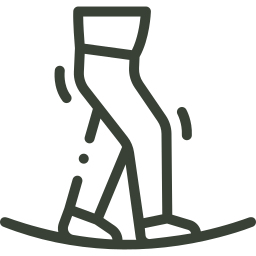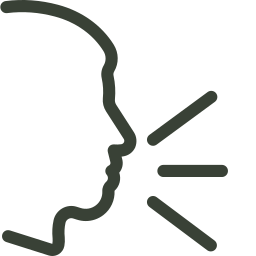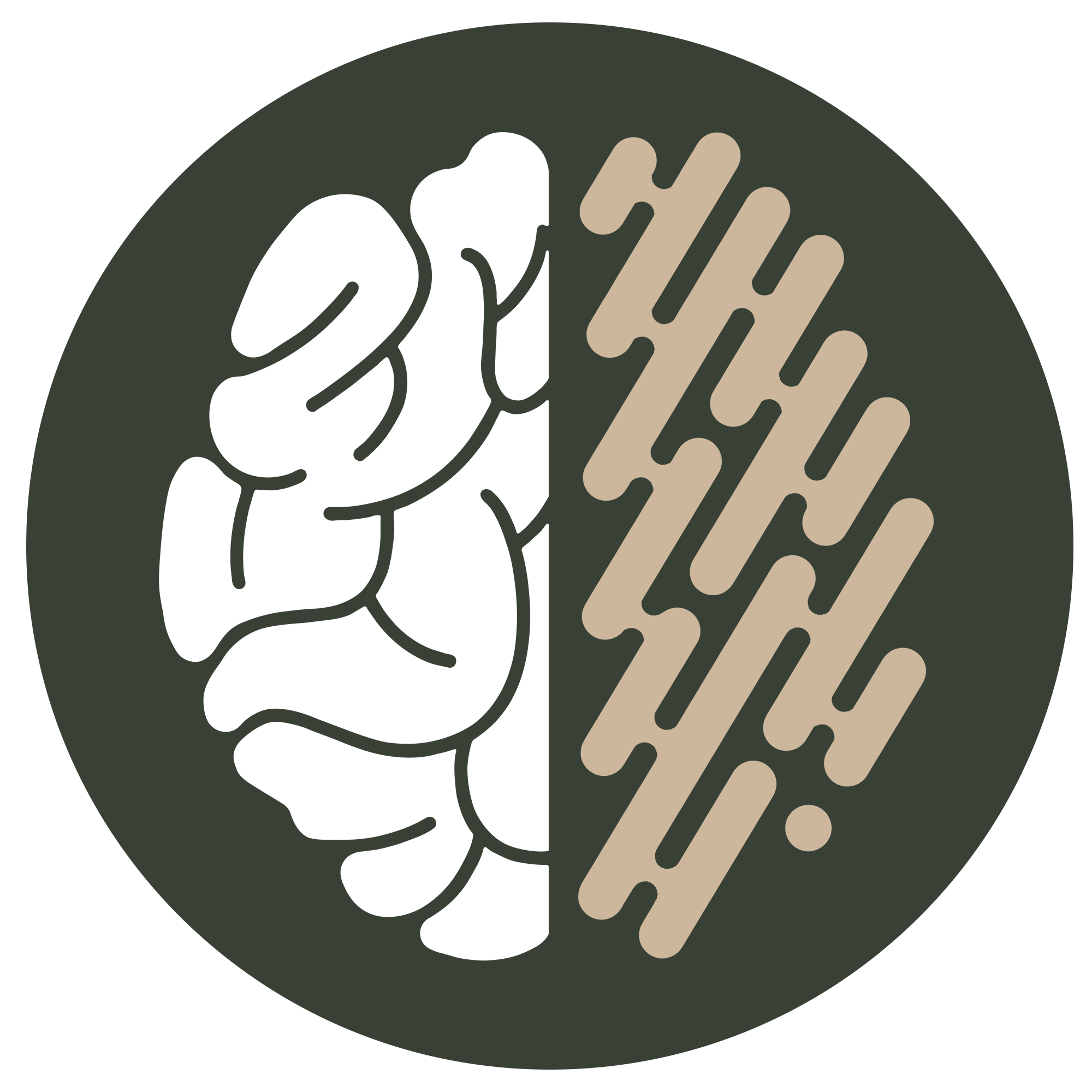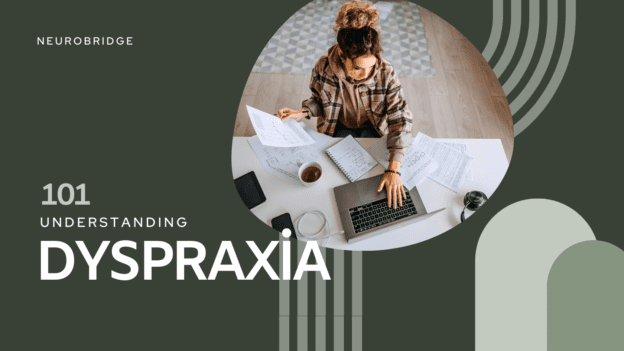What is Dyspraxia?
Dyspraxia, also known as Developmental Coordination Disorder (DCD), is a neurodevelopmental disorder that affects motor skill development and coordination that affects 10% of the population.
Characterised by difficulties in muscle control, dyspraxia affects a wide range of motor skills, from gross motor skills like running and jumping – to fine motor skills like writing or buttoning clothes. Individuals may also experience challenges with speech, organisation, planning, and time management.
It’s important to note that dyspraxia does not affect a person’s intelligence, although it can impact academic performance and daily activities due to the challenges with physical tasks and, due to the muscular movements involvement, speech.
What causes Dyspraxia?
The exact cause of dyspraxia is not fully understood, but it is believed to involve disruptions in the way the brain processes information, leading to difficulties in planning and executing physical movements.
Evidence suggests that dyspraxia may have a genetic component, as it often runs in families. Environmental factors, such as prematurity, and disruptions during pregnancy or birth, may also contribute to its development.
Myth:
Fact:
While everyone can be clumsy at times, dyspraxia is a chronic condition that affects more than just physical coordination. It involves complex neurological differences that persist into adulthood however individuals can develop strategies to manage symptoms
Females are more likely to be primarily inattentive, which is a significant factor explaining why their diagnosis often occurs much later in life than the average male. Furthermore, females typically learn to ‘mask’ much earlier than males or simply pass unnoticed through an absence of “disruptive behaviours” in early life and school.
As research evolves, more individuals are receiving a diagnosis. In the UK, annual diagnosis rates have increased 20-fold between 2000 and 2018.
Despite dyspraxia having more specific classifications than ASD, ADHD it is also a spectrum. Therefore, one individual’s presentation may look very different to another individual’s.
Some healthcare professionals may refer to ‘sub-types’ of dyspraxia. The most commonly used ‘types’ are:

Verbal (Oromotor) Dyspraxia:
difficulty articulating words.

Constructional Dyspraxia:
difficulties relating to spacial relationships

Ideational Dyspraxia:
affects the ability to perform co-ordinated movements in a sequence.

Ideomotor Dyspraxia:
affecting organising single-step tasks.
Some of the more common symptoms of Dyspraxia include:

Motor Skill Challenges:
Difficulty with fine motor skills e.g. writing, and gross motor skills like running or jumping.

Poor Coordination and Balance:
Trouble with tasks requiring coordination and balance e.g. riding a bike.

Perceptual Difficulties:
Problems with spatial awareness and perception.

Delayed Milestones:
Late in reaching developmental milestones like crawling, walking, or speaking.

Organisation and Planning:
Difficulty in planning and organising movements in a sequenced, efficient way.

Speech Difficulties:
In some cases, dyspraxia affects speech, making speech difficult to understand.
Dyspraxia frequently co-occurs with other neurodevelopmental disorders, such as dyslexia, ADHD, and ASD.
Strengths & Talents Associated with Dyspraxia:
Despite challenges with motor skills, individuals often have significant strengths, including:
Resources
Meachon, E. (2017). An investigation of dyspraxia: what we know and why the research is so far behind. Available at Researchgate, 47-52. https://st-annes-mcr.org.uk/wp-content/uploads/2013/09/STAAR-7-2017.pdf#page=54



